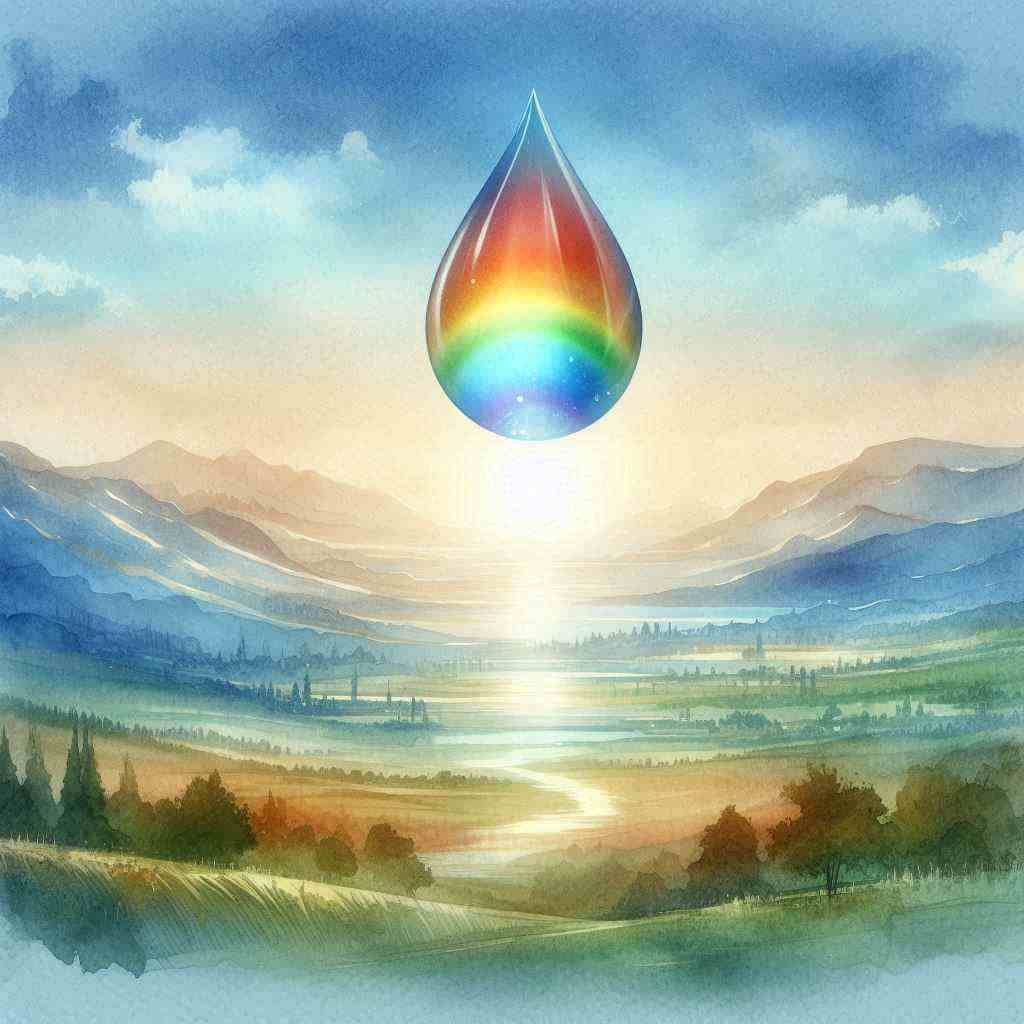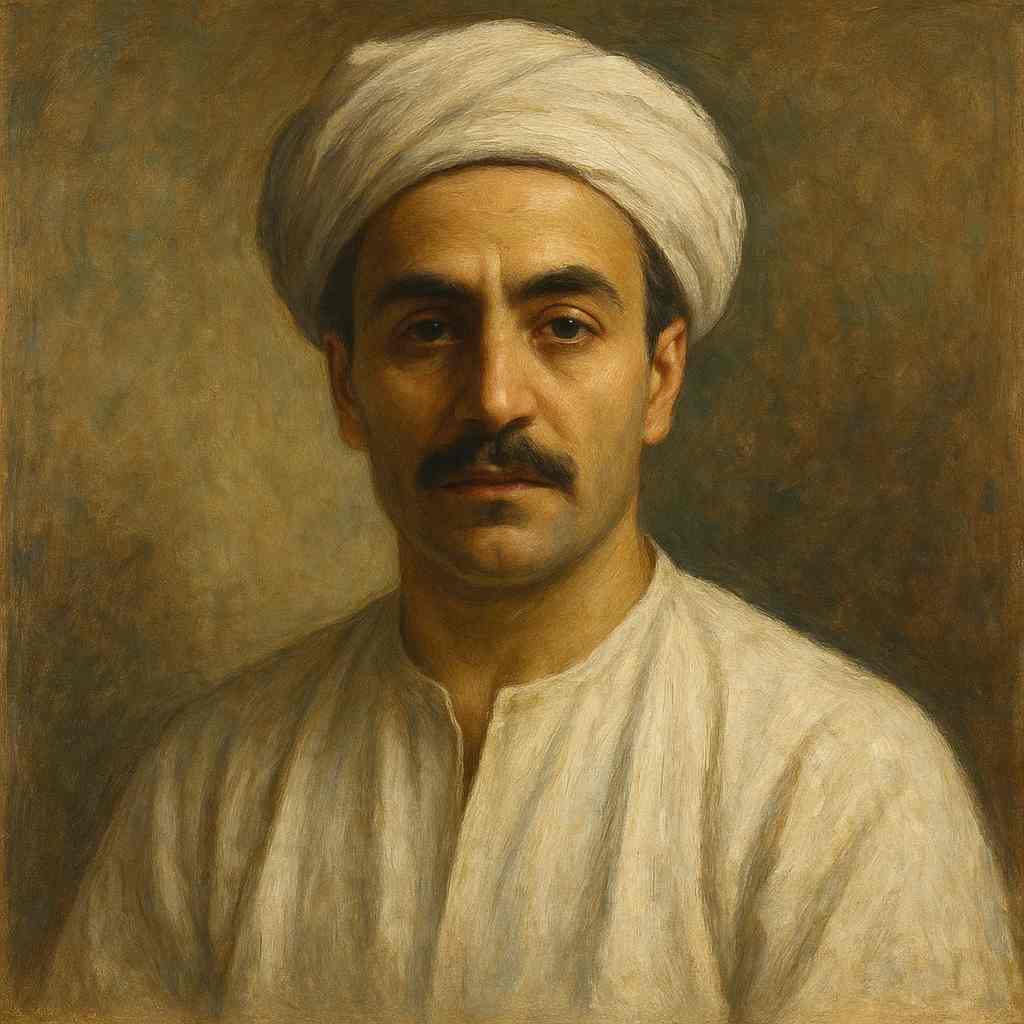A Tear and a Smile
Kahlil Gibran
1883 to 1931

I would not exchange the sorrows of my heart
For the joys of the multitude.
And I would not have the tears that sadness makes
To flow from my every part turn into laughter.
I would that my life remain a tear and a smile.
A tear to purify my heart and give me understanding
Of life's secrets and hidden things.
A smile to draw me nigh to the sons of my kind and
To be a symbol of my glorification of the gods.
A tear to unite me with those of broken heart;
A smile to be a sign of my joy in existence.
I would rather that I died in yearning and longing than that I live weary and despairing.
I want the hunger for love and beauty to be in the
Depths of my spirit, for I have seen those who are
Satisfied the most wretched of people.
I have heard the sigh of those in yearning and longing, and it is sweeter than the sweetest melody.
With evening's coming the flower folds her petals
And sleeps, embracing her longing.
At morning's approach she opens her lips to meet
The sun's kiss.
The life of a flower is longing and fulfilment.
A tear and a smile.
The waters of the sea become vapor and rise and come
Together and are a cloud.
And the cloud floats above the hills and valleys
Until it meets the gentle breeze, then falls weeping
To the fields and joins with brooks and rivers to return to the sea, its home.
The life of clouds is a parting and a meeting.
A tear and a smile.
And so does the spirit become separated from
The greater spirit to move in the world of matter
And pass as a cloud over the mountain of sorrow
And the plains of joy to meet the breeze of death
And return whence it came.
To the ocean of Love and Beauty----to God.
Kahlil Gibran's A Tear and a Smile
Kahlil Gibran's poem "A Tear and a Smile" is a profound exploration of the duality of human existence, embracing both sorrow and joy as integral parts of life's journey. Through vivid imagery and emotive language, Gibran crafts a poignant meditation on the value of experiencing the full spectrum of human emotions, particularly emphasizing the transformative power of sadness and longing.
The poem opens with a bold declaration of the speaker's preference for personal sorrow over collective joy, immediately establishing a contrast between individual depth of feeling and societal superficiality. This sentiment is further reinforced by the speaker's unwillingness to trade their tears for laughter, suggesting a belief in the inherent value of melancholy. The repetition of the phrase "A tear and a smile" throughout the poem serves as a refrain, emphasizing the central theme of emotional duality and balance.
Gibran employs the metaphor of a tear as a purifying agent, one that provides clarity and understanding of "life's secrets and hidden things." This imagery suggests that sorrow is not merely a negative experience to be endured, but a catalyst for personal growth and insight. Conversely, the smile is portrayed as a connecting force, drawing the speaker closer to humanity and serving as a symbol of divine glorification. This juxtaposition of tear and smile creates a holistic view of human emotion, where both pain and joy serve essential functions in the human experience.
The poem's structure mirrors its thematic content, alternating between expressions of sorrow and joy, longing and fulfillment. This rhythmic oscillation between opposing emotional states reinforces the idea that life is a constant interplay between disparate experiences. Gibran's use of natural imagery, such as flowers, clouds, and the sea, serves to universalize these human emotions, suggesting that this duality is an inherent part of the natural world and, by extension, the human condition.
A particularly striking aspect of the poem is its valorization of yearning and longing. The speaker asserts a preference for death while yearning over a life of weariness and despair, elevating the state of desire above contentment. This notion is further developed in the comparison between those who hunger for love and beauty and those who are satisfied, with the latter being described as "the most wretched of people." Gibran thus presents a radical perspective that challenges conventional notions of happiness, suggesting that the very act of longing is more fulfilling than the state of satisfaction.
The poem's final stanzas expand the scope of this emotional duality to encompass the broader cycles of nature and spirituality. The life cycle of a flower is presented as a microcosm of longing and fulfillment, while the water cycle serves as a metaphor for the journey of the human spirit. These natural processes are described in terms of parting and meeting, further reinforcing the poem's central theme of duality.
The concluding lines of the poem elevate this concept to a spiritual plane, describing the journey of the individual spirit as it separates from and ultimately returns to the "greater spirit." This cosmic cycle mirrors the earlier descriptions of natural processes, suggesting a fundamental unity between the human experience, the natural world, and the divine realm. The final reference to God as "the ocean of Love and Beauty" provides a sense of resolution, implying that the dualities explored throughout the poem are ultimately reconciled in the divine.
In conclusion, "A Tear and a Smile" is a masterful exploration of the complex interplay between joy and sorrow in human experience. Through its vivid imagery, emotive language, and philosophical depth, the poem challenges readers to embrace the full range of human emotions as essential components of a rich and meaningful life. Gibran's work serves as a powerful reminder of the beauty and wisdom that can be found in moments of sadness and longing, encouraging a more nuanced and holistic approach to understanding the human condition.
This text was generated by AI and is for reference only. Learn more
Want to join the discussion? Reopen or create a unique username to comment. No personal details required!



Comments
"While reading and listening to this poem, I felt so light, like a cloud myself; my spirit took wings, and I drifted to glorier skies and planets of my being. I felt all the transitions from sorrow to joy till a final reunion with God. Splendid work!"
Please do all the poems by khalil gibran. His poems are so spiritual and filled with ecstasy!